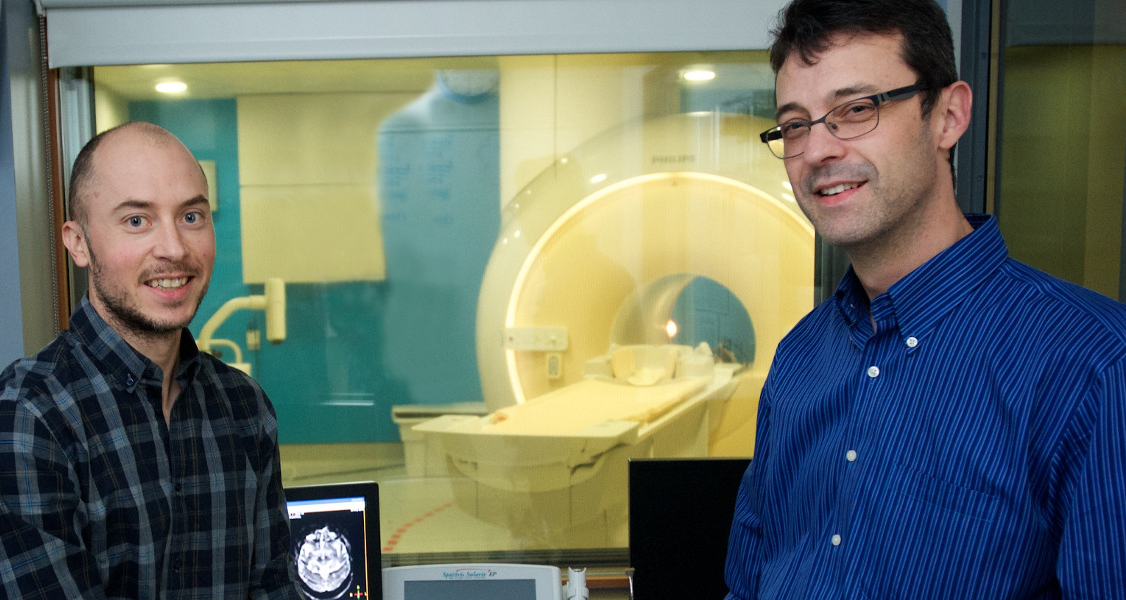Correcting Fragile X Syndrome Deficits by Targeting Neonatal PKCε Signaling in the Brain

Francois Corbin, MD, PhD
Principal Investigator
Jean-Francois LePage, PhD
Co-Principal Investigator
Université de Sherbrooke
Sherbrooke, Quebec, Canada
2012, 2015-2017 Grant Funding: $110,714
Summary
With a grant from the FRAXA Research Foundation awarded over 2015-2017, Dr. Francois Corbin and Dr. Jean-Francois LePage at the Universite of Sherbrooke tested the safety and synergistic effects of lovastatin and minocycline in patients with Fragile X syndrome. FRAXA previously funded an preliminary pilot trial of lovastatin in 2012, for $44,000.
The Results
The team's findings, Combining Lovastatin and Minocycline for the Treatment of Fragile X Syndrome: Results From the LovaMiX Clinical Trial, were published in 2022.
The Science
This project aims to test the safety and synergistic effect of lovastatin and minocycline combined treatment in patients with Fragile X syndrome. The hope is to improve behavior in FXS individuals. It will also seek to establish correlations between platelets biomarkers and clinical response to lovastatin and/or minocycline. Furthermore, the investigators will determine the effect of these drugs on brain activity and neurochemistry using functional magnetic resonance imaging (sMRI/fMRI) and transcranial magnetic stimulation (TMS), which may be able to assess synaptic plasticity (LTP, LTD) in patients.
Dr. LePage presented the results of this trial at the 2018 Society for Neuroscience annual meeting. Results are promising.
Earlier Pilot Clinical Trial of Lovastatin
Dr. Corbin also ran the first clinical trial of lovastatin as a potential treatment for Fragile X Syndrome, funded by FRAXA in 2012 for $44,000. Since this drug had never been tested in Fragile X patients, an open-label trial on a limited number of patients was the first step toward evaluating its safety and efficacy. This was a 12 week trial, with 16 patients ages 10-25 at the Fragile X Clinic at the Centre Hospitalier Universitaire de Sherbrooke (CHUS), Quebec, Canada.
Why Lovastatin for Fragile X?
Dr. Mark Bear and colleagues at MIT published a paper in Neuron showing that Lovastatin can reverse many signs of disease in Fragile X mutant mice. The team’s multi-level preclinical validation strongly suggests that lovastatin could have disease-modifying effects in people with Fragile X. Fortunately, these results have been known to FRAXA for some time, having been presented at the 2011 FRAXA Investigators Meeting. Shortly after that meeting, plans were laid for this pilot trial to investigate efficacy in humans.

